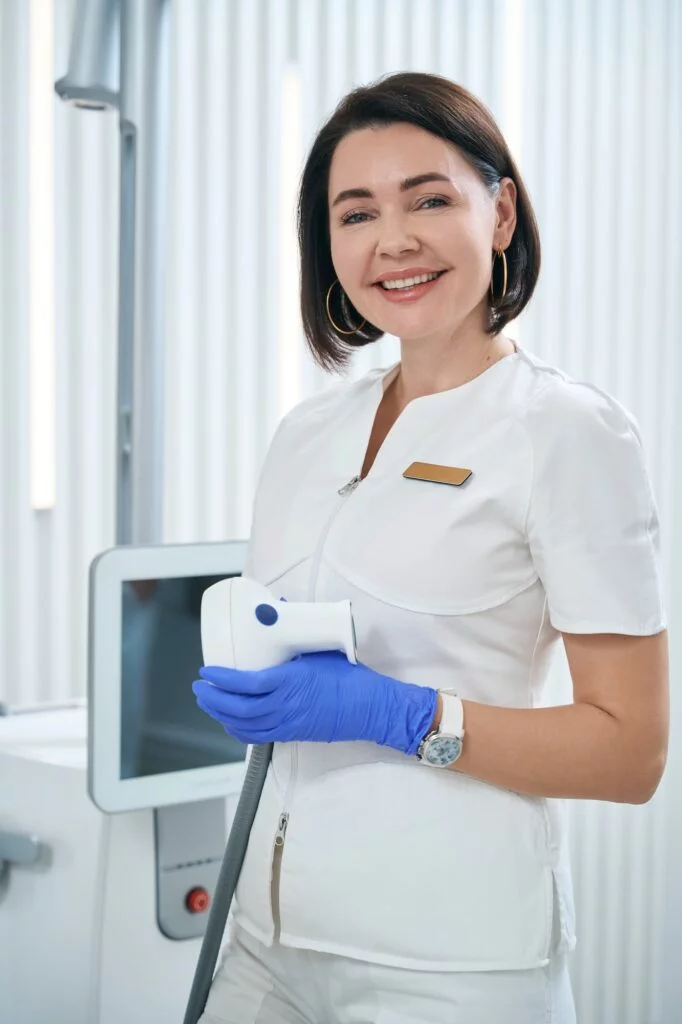X-rays are commonly used to show physical changes in a person’s body that are not normal and may only give general information on where such a change is occurring, its shape and size. An endoscopy, on the other hand, permits a more detailed look at the upper GI tract and allows a physician to accurately gauge what it is they are seeing. Typically, an endoscopy is used to diagnose and treat conditions like abdominal pain, GI bleeding and nausea. Prior to the procedure, Propofol is used to sedate a patient for a pain-free procedure that is easy and effective. Endoscopy is also used to take tissue samples from areas of concern. The tissue sample, called a biopsy, can be used to determine if infection or cancer is present.
Individuals with families who have a history of upper gastrointestinal disease–Celiac disease, for example – should look into making an appointment for an endoscopy. Besides being able to perform a biopsy, a doctor can use an endoscopy to perform minimally invasive surgery to remove cancerous growths before they became a major concern to the patient. This procedure can also be used to relieve symptoms of advanced cancer but only as a palliative treatment, meaning it can only reduce or control symptoms, not cure it entirely.



